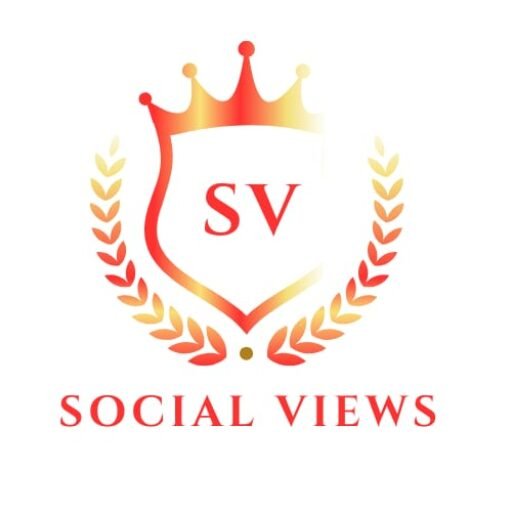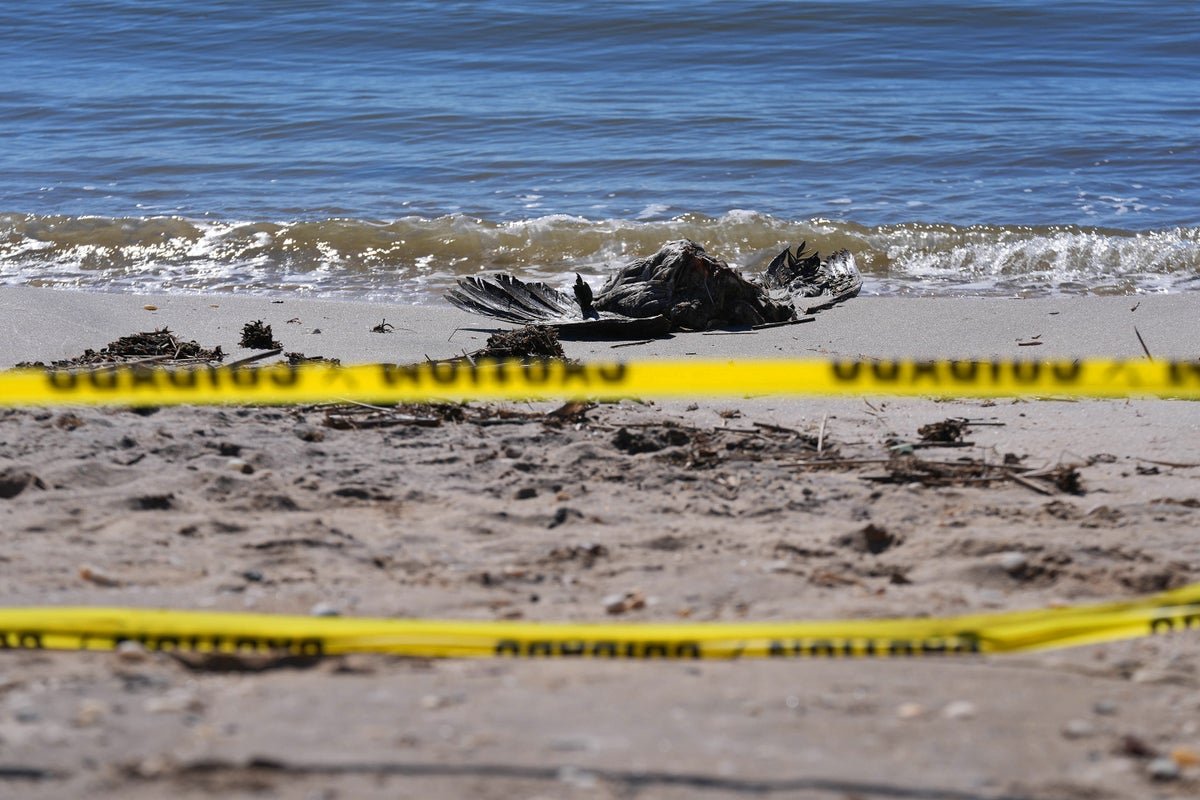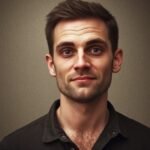September 8, 2025
4 min read
Trump’s Health Cuts Leave States with Gaping Holes in Disease Surveillance
AI now scans for bird flu and measles news, but public health officials say outbreaks can go undetected as the U.S. guts national and global tracking
Dead birds infected with bird flu were discovered on a Long Island beach in February, 2025.
Lokman Vural Elibol/Anadolu via Getty Images
To protect the people of Massachusetts from deadly bird flu in the U.S., the state’s health director, Robert Goldstein, is relying on an artificial intelligence platform that reads newspapers for outbreak information. It also searches for signals of outbreaks of other deadly diseases, such as Ebola, that are farther away. Those data used to come from the World Health Organization (WHO) and the U.S. Centers for Disease Control and Prevention. But with the U.S. withdrawing from the former and cutting thousands of jobs from the latter, Goldstein is trying to fill huge gaps in any way he can. The AI platform in Massachusetts, called BEACON, scans news reports in local languages and draws on a network of outbreak analysts from around the world, searching for early signs of looming disease threats.
Public health experts applaud the inventiveness but worry the tracking efforts such as this will not be fast or complete enough to keep Americans safe. The Trump administration has effectively cut off disease control expertise that used to come from the CDC and WHO. “We relied on that data to inform public health responses down to our local counties,” says Vidhya Prakash, associate dean of clinical affairs and population health at the Southern Illinois University School of Medicine. Like Massachusetts, Illinois and several other states are now cobbling together their own surveillance networks. Prakash says that it’s up to these local efforts “to manage whatever comes our way, from bird flu to [mpox] and even annual influenza.”
Whatever comes Illinois’s way may come through Chicago’s O’Hare International Airport, one of the biggest ports of entry into the U.S. The specter of exotic viruses, carried from afar by passengers and unleashed on the city, “is a constant worry,” says the state health director, Sameer Vohra. And Chicago is not the only concern. Vohra points out that a traveler in neighboring Iowa died last year of Lassa fever, an Ebola-like hemorrhagic illness that’s endemic in parts of West Africa. The traveler had come in contact with 180 people.
On supporting science journalism
If you’re enjoying this article, consider supporting our award-winning journalism by subscribing. By purchasing a subscription you are helping to ensure the future of impactful stories about the discoveries and ideas shaping our world today.
To monitor such infectious threats, Illinois health officials rely on a weekly tracking report of domestic and international outbreaks published by the Pandemic Center at Brown University, as well as a company called BlueDot that uses AI to look worldwide at comments from public officials, livestock health reports and other sources to spot early disease signals. Vohra says state officials are trying to gather resources needed to figure out “what we can do to protect Illinois residents.” But he worries about a lack of interstate coordination. “We’ve got 50 very different states, and there’s no one with the jurisdictional authority and ability to bring people together quickly,” he says.
Washington State’s former health director Umair Shaw agrees, noting that surveillance is only as strong as its weakest link. Some states have better capacities than others, he says, and some might even “be told by their own elected officials that they should be more insular and not work globally.” Given that infectious pathogens don’t respect borders, these inconsistencies could wind up making “the very people we are trying to protect—namely everyday Americans—more vulnerable,” he says.
Shaw points out that Washington State has a world-class public health laboratory, and it was also the first state to establish an office dedicated to disease surveillance on a global scale. That office was “significantly impacted,” however, he says, after the state lost billions in federal funding.
Washington’s experience is mirrored by other states trying to beef up global surveillance even as budget cuts compromise their efforts. The CDC—which supports health departments nationwide—had nearly 2000 jobs cut this year, and the White House has proposed slashing the agency’s budget by more than half in 2026. (Congress, which has the final vote on funding, so far has opted for smaller cuts.) A CDC spokesperson says the agency remains focused on preventing and responding to disease threats. Still, health departments all over the country have been left “facing difficulties across the spectrum of outbreak preparedness, detection, reporting and response,” says Nahid Bhadelia, director of Boston University’s Center on Emerging Infectious Diseases, where BEACON is based. BEACON provides some useful features, Bhadelia says. It pairs AI capabilities with a network of experts who can assess when outbreak signals pose a real risk. Goldstein describes BEACON as a “great way to get data, especially from countries where the U.S. might not have the best relationships.”
But Bhadelia cautions that the local system cannot replicate the outbreak information from the WHO, which has a system for monitoring disease signals in 194 member countries. CDC staff have lost access to their WHO counterparts, Bhadelia says, “which means not as much intelligence coming from global offices.”
The Trump administration has been conspicuously silent on global health since it announced the WHO withdrawal. Public health specialists say they tried to wait for an alternative policy, but one has yet to materialize. “So we’re piecing our own plans together,” Prakash says. “There’s nothing really standardized or organized at this point—we’re working with the experts that we have. But it all feels very haphazard right now.”
It’s Time to Stand Up for Science
If you enjoyed this article, I’d like to ask for your support. Scientific American has served as an advocate for science and industry for 180 years, and right now may be the most critical moment in that two-century history.
I’ve been a Scientific American subscriber since I was 12 years old, and it helped shape the way I look at the world. SciAm always educates and delights me, and inspires a sense of awe for our vast, beautiful universe. I hope it does that for you, too.
If you subscribe to Scientific American, you help ensure that our coverage is centered on meaningful research and discovery; that we have the resources to report on the decisions that threaten labs across the U.S.; and that we support both budding and working scientists at a time when the value of science itself too often goes unrecognized.
In return, you get essential news, captivating podcasts, brilliant infographics, can’t-miss newsletters, must-watch videos, challenging games, and the science world’s best writing and reporting. You can even gift someone a subscription.
There has never been a more important time for us to stand up and show why science matters. I hope you’ll support us in that mission.


